Affiliate links on Android Authority may earn us a commission. Learn more.
Analysis: Nokia's return to the US is a big deal
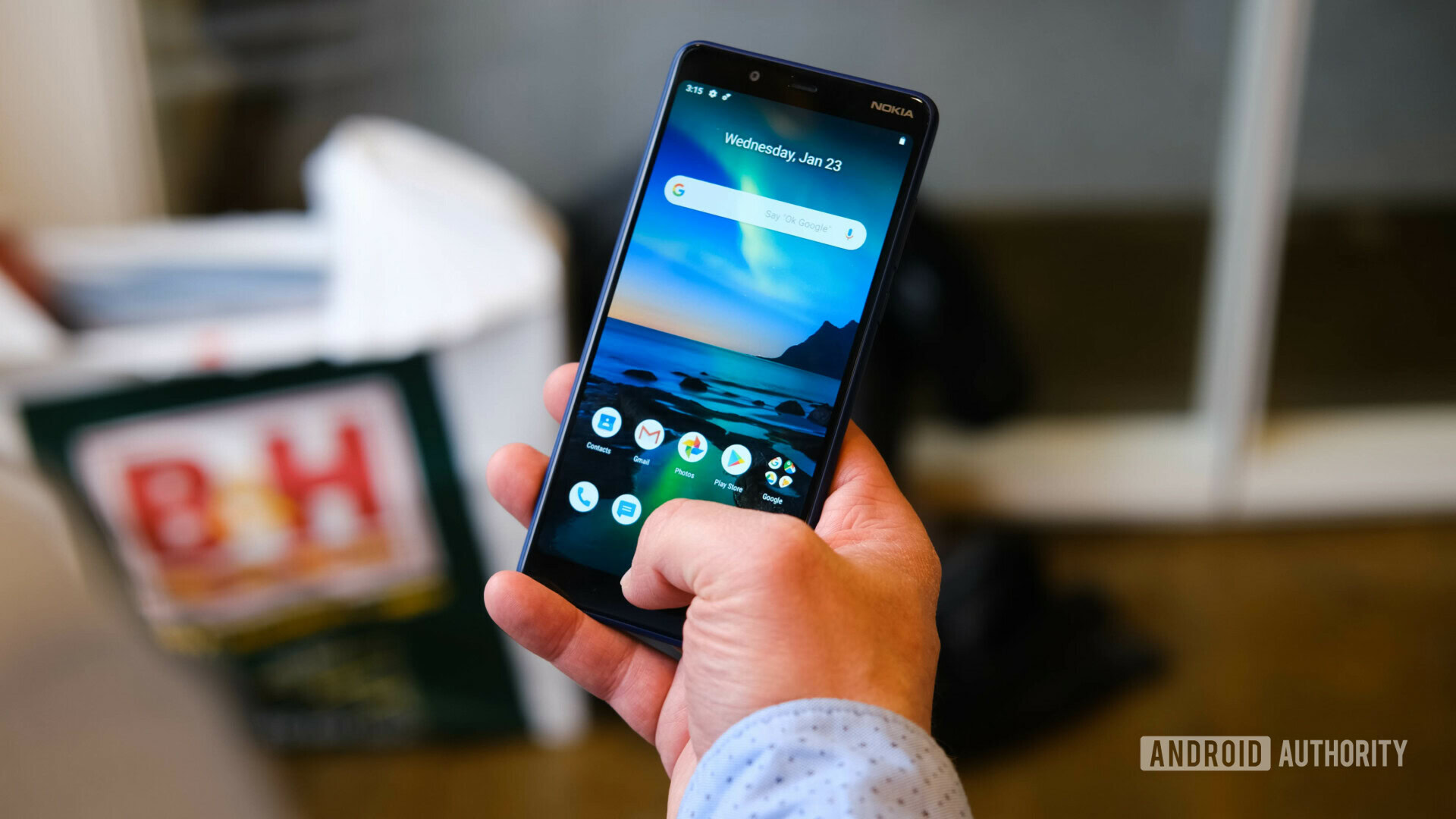
Nokia owned the global market for cell phones for a long time. It held a comfortable lead over its main rivals Motorola, Samsung, LG, and Sony Ericsson during the early part of the century, with its market share ranging between 30 and 36 percent. At the end of 2007, just six months after the first iPhone’s debut, Nokia’s Symbian platform held 62.5 percent of the global smartphone market.
Humble beginnings
Nokia was the pride of Finland. Founded in 1865, it operated as a paper mill, a supplier of electricity, a manufacturer of tires and galoshes, and a supplier of electrical cables. Nokia established itself as a telecommunications company in the 1960s with switches, radios, and other gear. Its first cellular phone arrived in 1987, and Nokia was a dominant global player by the mid 90s. The company was the top global manufacturer of cell phones from 1998 to 2012.
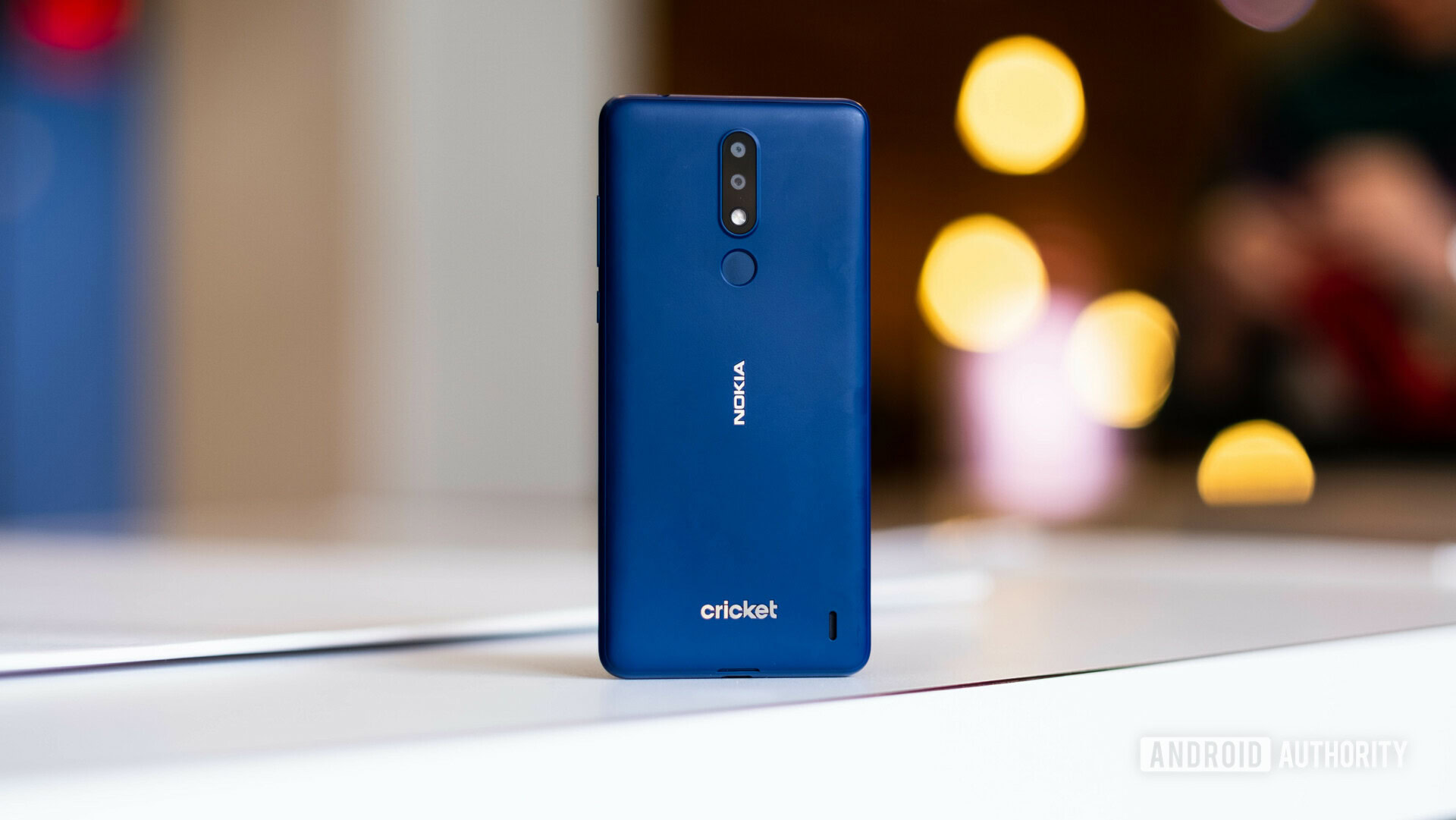
Then, thanks to a series of management screw-ups, it all came crashing down. By 2016, Nokia phones had all but evaporated like so many superheroes in “Avengers: Infinity War.” The lost jobs and wounded pride left a raw red mark on the cheek of many a Finn.
With its handset business sold to Microsoft and later all but scuttled, a handful of former Nokia employees saw a way forward.
Forging a new path
FIH Mobile, a division of Chinese manufacturer Foxconn (known for assembling Apple’s iPhone), bought the remains of Nokia’s handset business from Microsoft. A Finnish startup, HMD Global, led by ex-Nokia executives, licensed the Nokia brand and signed an agreement with FIH with one goal: Return Nokia to its former glory. The plan is working.
Nokia is in the top five in more than 30 markets. Not bad for two years’ work.
The first Nokia-branded phone from HMD Global reached the market in early 2017. Since then, the company has steadily rolled out new devices and expanded to more markets. Phones bearing the Nokia brand are now sold in more than 100 countries. The company has clawed its way back from the brink of oblivion into the top 10 phone providers globally, and is in the top five in more than 30 markets. Not bad for two years’ work.
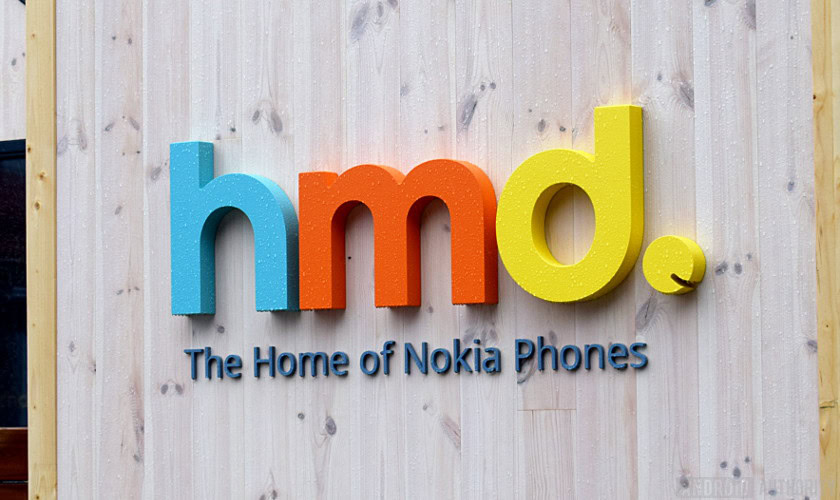
Though HMD Global has made headway with the Nokia brand around the world, the U.S. market is a different animal.
Carriers such as AT&T and Verizon account for the lion’s share of device sales, with approximately 90 percent of all phones purchased in carrier stores. Nokia phones are available to buy unlocked from Amazon, Best Buy, B&H Photo Video, and other online retailers. In fact, HMD launched its first Nokia phone on Amazon in 2017. More recently, the Nokia 7.1, offered online to U.S. buyers beginning in October 2018, was a huge success. Until this week, however, Nokia phones have not appeared on shelves in U.S. carrier stores.
Forecast looking bright
Apple charges an absurd $999 to $1,449 for its newest iPhones. These price points put the iPhone Xs and iPhone Xs Max out of reach for most consumers. Other flagships aren’t far behind. The Samsung Galaxy Note 9 goes for $949, the LG V40 ThinQ sells for $899, and the Google Pixel 3 XL starts at $899. While these phones are compelling thanks to their feature-packed, glass-encased chassis’, they simply cost too much. HMD Global has been paying attention.
Modern flagships simply cost too much. HMD Global has been paying attention.
Cricket Wireless and Verizon Prepaid in the U.S., and Rogers in Canada, have all agreed to sell Nokia phones once more. Rather than jump into the market with its best devices, however, HMD Global is testing the waters. Cricket and Rogers will sell the Nokia 3.1 Plus, and Verizon will sell the Nokia 2 V. These are affordable phones that pair well with prepaid services. Consumers can buy them outright for well under $200 and without skimping on quality.
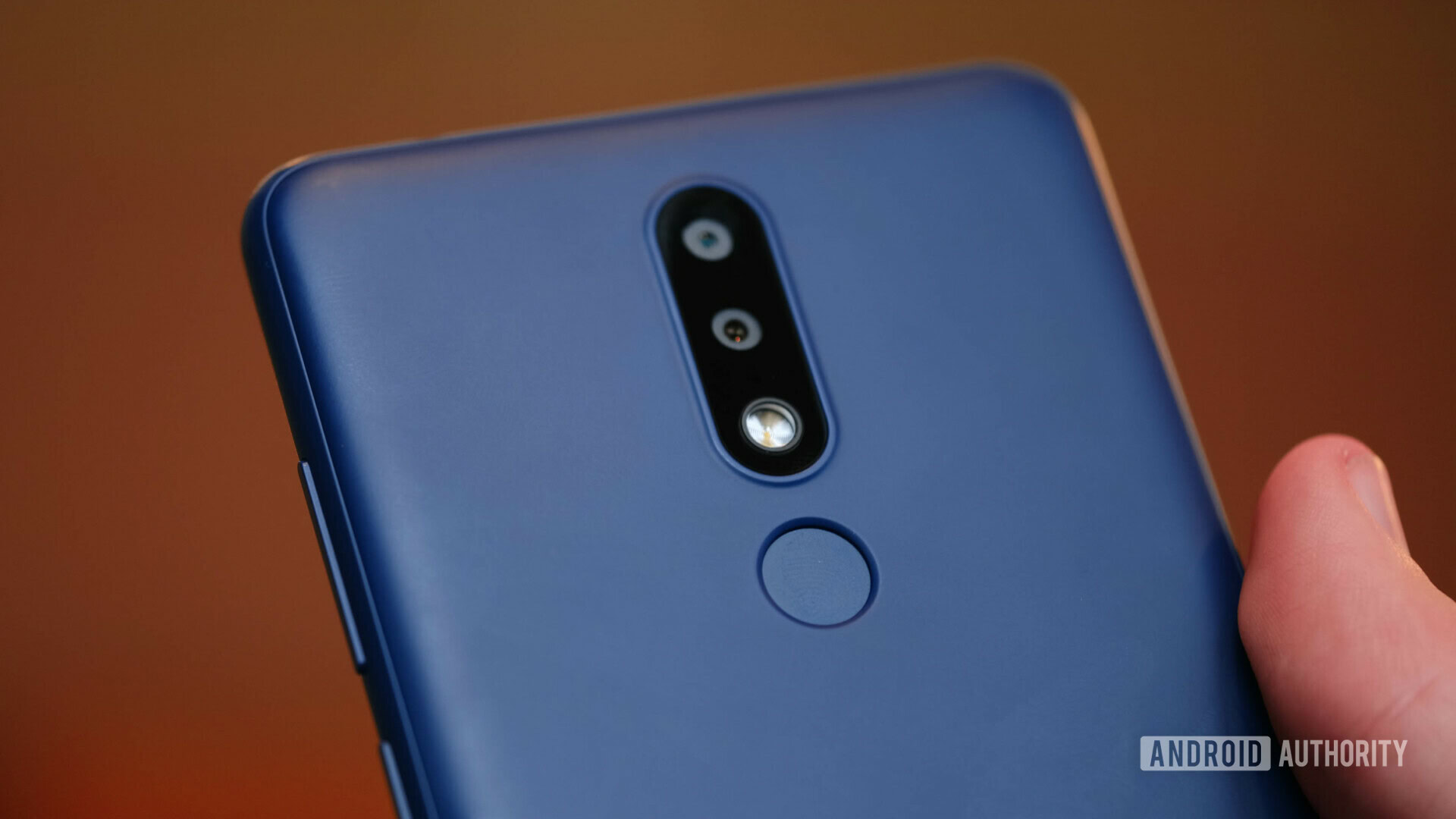
The U.S. is the world’s largest market in terms of dollars spent (at least for a little while longer.) This is why HMD Global will spend 2019 focusing on the U.S. market.
“Six months ago, we started exploring where Nokia can grow in the U.S. market,” said Maurizio Angelone, vice president at HMD Americas, to Android Authority. “With 30 percent of North American consumers buying value-tier devices, we see a clear opportunity to make a mark in the value segment of the market.”
Bringing its low-cost phones to U.S. prepaid carriers is the first step in rebuilding the brand, according to Angelone. HMD thinks everyone deserves a good phone. “We are one of the few players that is activating devices from entry-level to the high-tier,” said Angelone. “HMD is introducing one new Nokia phone every single month, on average.”
'HMD is introducing one new Nokia phone every single month, on average.'
The company is proud of its heritage and thinks it is important to be a phone maker based in Europe. HMD is banking on the trust consumers used to place in Nokia design and quality. (Okay, it’s banking a bit on nostalgia, too.) If HMD can convince entry-level phone buyers to pick Nokia over other brands, it has a fighting chance further up the value chain.
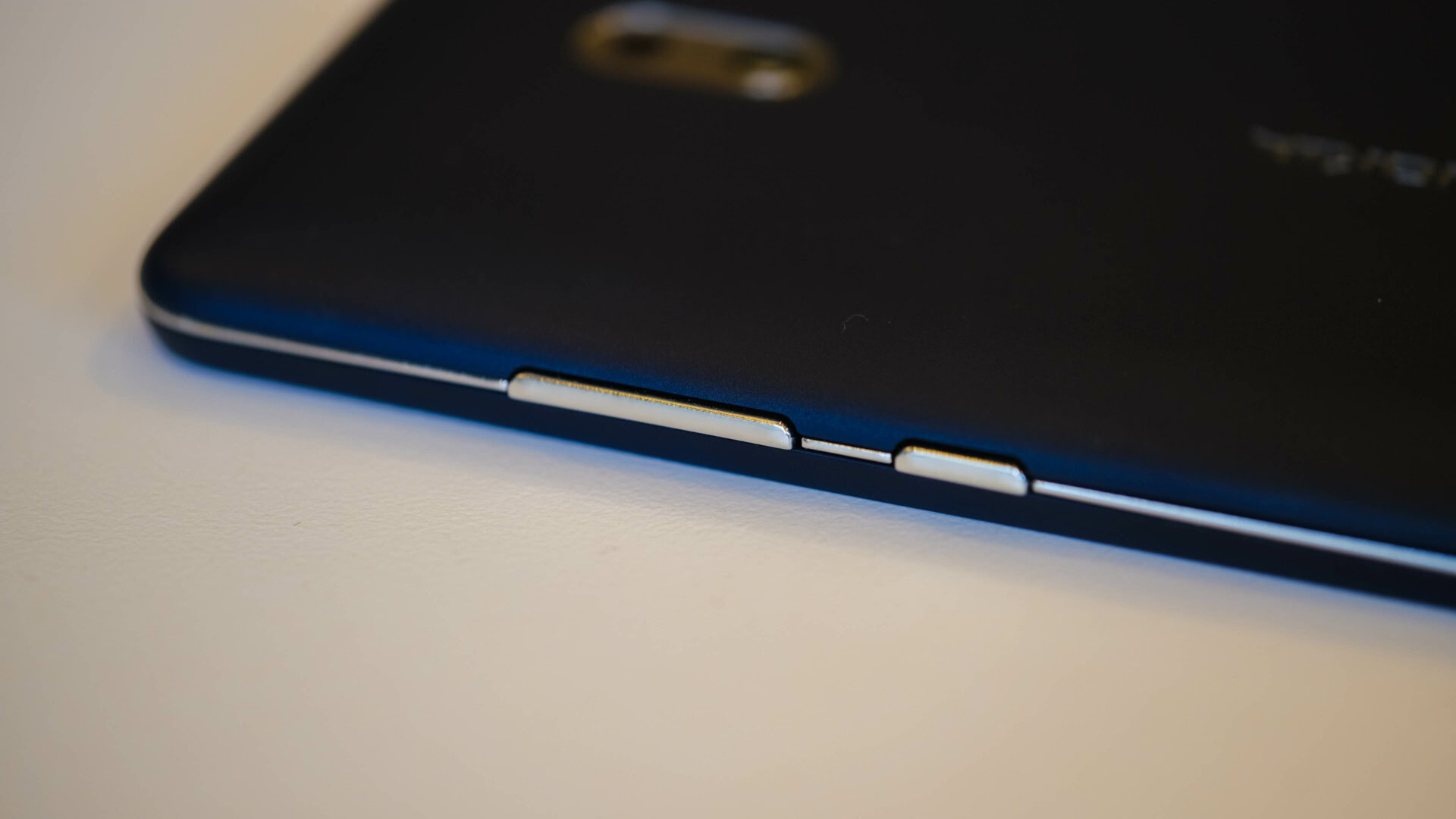
For its part, Cricket is glad to have HMD and Nokia aboard. The prepaid carrier has a ZTE-sized hole in its lineup and needs to get some affordable options in stores quickly. The $159.99 Nokia 3.1 Plus certainly fits the bill. Verizon hasn’t yet slapped a price tag on the Nokia 2 V, but it shouldn’t be too much more than $99.
The Nokia 3.1 and Nokia 2 V may not be HMD Global’s most thrilling phones, yet they’re well positioned to lay a new foundation for the Nokia brand in the U.S.